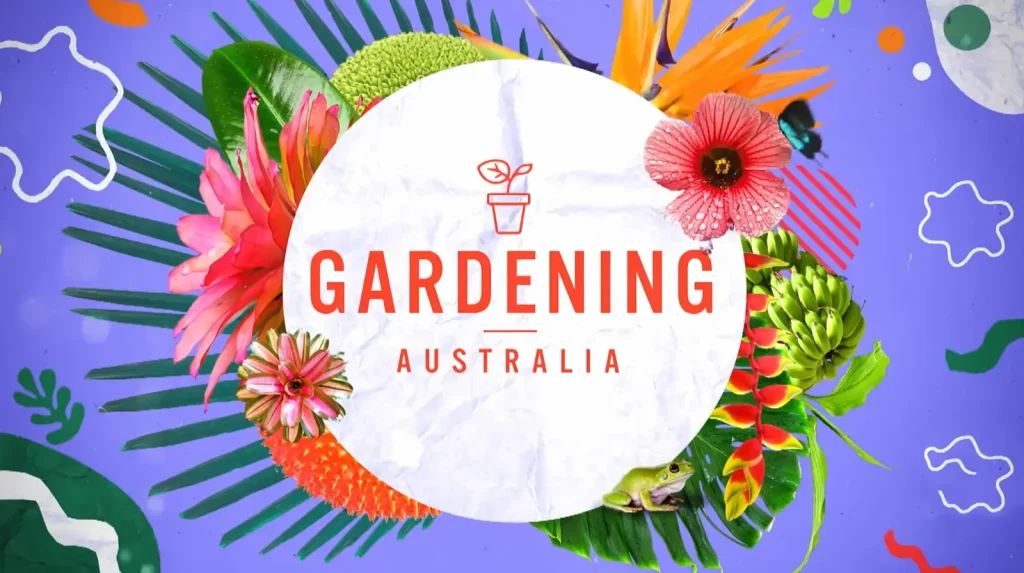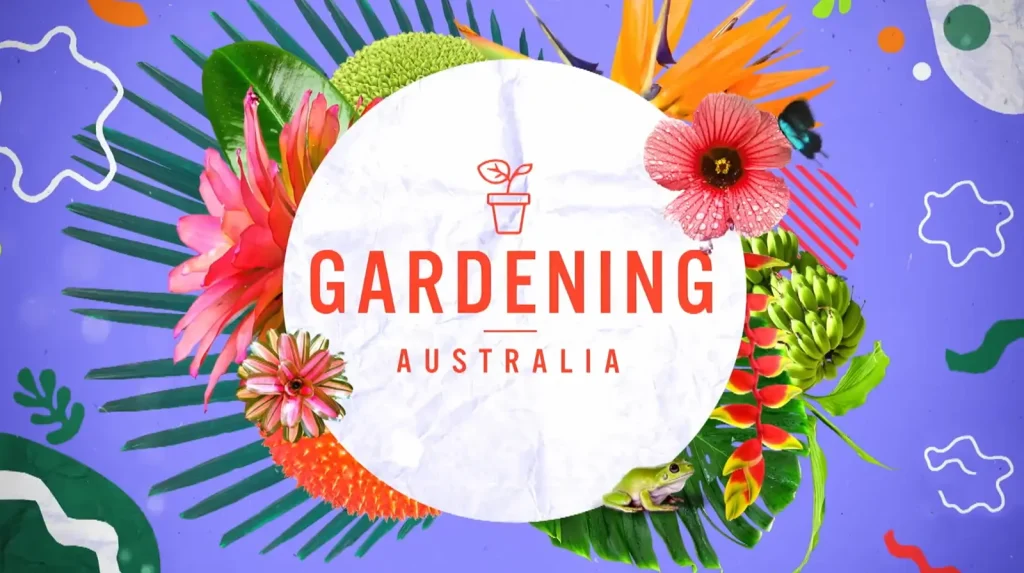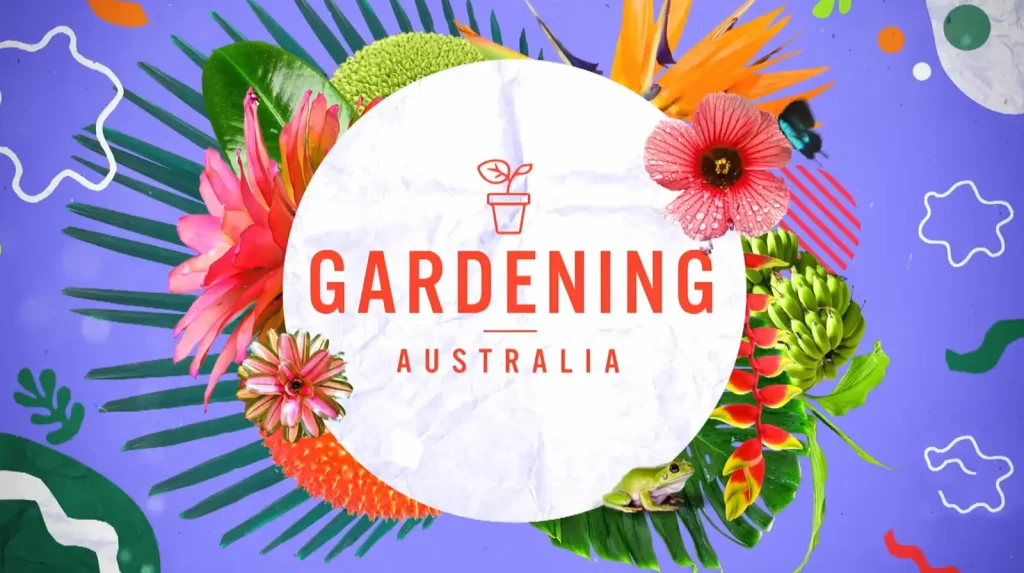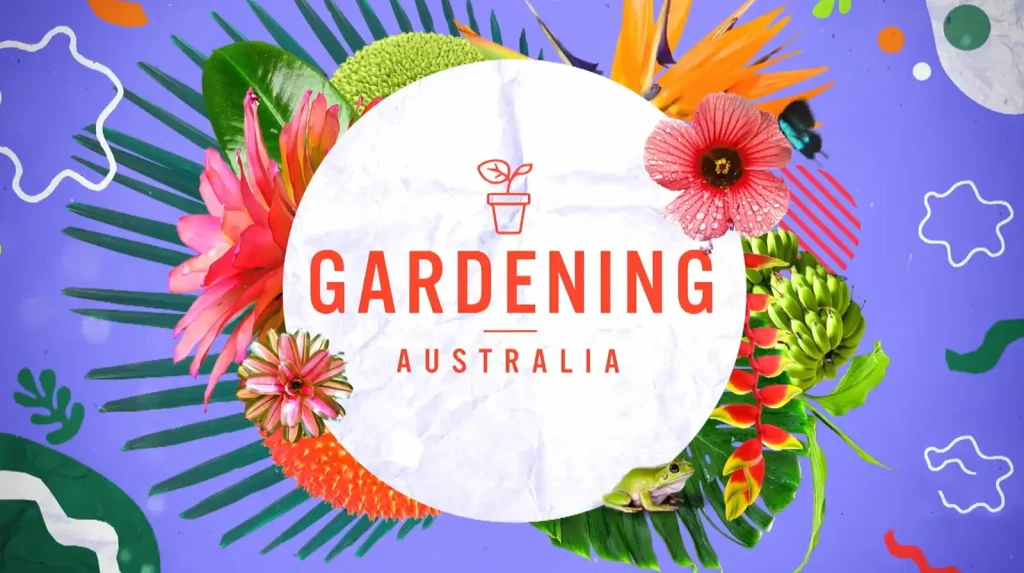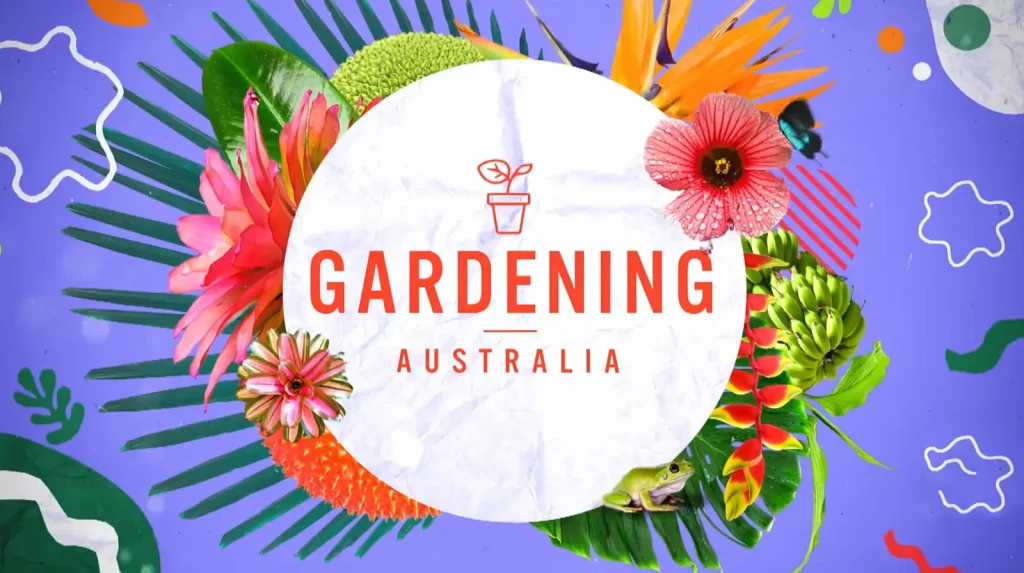Gardening Australia 2024 episode 3 – In the captivating third episode of Gardening Australia for 2024, viewers are treated to a veritable cornucopia of horticultural delights and eco-friendly gardening practices that resonate with both amateur and experienced gardeners alike.
The episode kicks off with Costa Georgiadis, the affable and knowledgeable host, taking us on a visit to a garden that epitomizes harmony with nature. Here, Costa delves into the principles of creating a balanced ecosystem within a garden, emphasizing the symbiotic relationships between plants, insects, and wildlife. He shares invaluable tips on how to achieve this equilibrium, ensuring that the garden thrives in a sustainable and environmentally conscious manner.
Next, we journey with Millie Ross as she undertakes a critical investigation into soil safety, a cornerstone of healthy gardening. Millie enlightens viewers on the importance of soil testing for contaminants, such as heavy metals and pesticides, which can pose risks to both plants and humans. She provides practical advice on how to remediate contaminated soil, using organic amendments and bio-remediation techniques, ensuring that the foundation of our gardens is safe and nurturing for all plant life.
The episode then shifts focus to Josh Byrne, who is on a mission to fortify his summer supply of fruits and vegetables. Josh showcases innovative gardening techniques aimed at extending the growing season and maximizing yield. From clever water-saving irrigation systems to natural pest control methods, Josh’s segment is a treasure trove of knowledge for those looking to enhance their home produce supply, ensuring a bounty of fresh, organic fruits and vegetables throughout the summer months.
Gardening Australia 2024 episode 3
Tammy Huynh takes us on a fascinating exploration of the wondrous world of Haworthia, a genus of small, succulent plants that captivate with their intricate beauty and resilience. Tammy marvels at their unique adaptations to arid environments, sharing insights on their care and propagation. This segment not only highlights the aesthetic appeal of Haworthia but also underscores the importance of conserving water and choosing drought-resistant plants for sustainable gardening practices.
Clarence Slockee then guides us through the vital work of shoreline rejuvenation, highlighting the critical role that coastal gardens play in protecting shoreline ecosystems. Clarence explores the challenges faced by these environments, from erosion to habitat loss, and introduces viewers to native plants and restoration techniques that help stabilize shorelines and support biodiversity. This segment is a compelling call to action for gardeners to consider the broader environmental impact of their practices and contribute to the conservation of natural habitats.
The episode concludes with a heartwarming feature on a resilient plant shop owner who has built a thriving business despite the challenges posed by climate change and urbanization. This segment delves into the story behind the shop, showcasing the owner’s passion for plants and commitment to promoting green spaces in urban areas. Viewers are inspired by the shop’s success in fostering a community of plant enthusiasts and the role of small businesses in driving the green movement.
Throughout the episode, Gardening Australia 2024 episode 3 seamlessly weaves together the themes of sustainability, environmental stewardship, and the joy of gardening. Each segment, while unique in its focus, collectively emphasizes the importance of mindful gardening practices that contribute to the health of our planet and the well-being of its inhabitants. This episode is not just a showcase of gardening techniques and stunning plant life; it is a compelling narrative on the power of gardening to inspire positive change in the world.
As the episode draws to a close, viewers are left with a deep appreciation for the intricate connections between gardening and the environment. The expert hosts, through their passion and knowledge, have illuminated the path towards more sustainable and responsible gardening practices. Gardening Australia 2024 episode 3 is a testament to the beauty and resilience of nature and the significant role that gardeners of all levels can play in nurturing and protecting our world for future generations.
Gardening is not just an activity; it’s a medium through which individuals can express their creativity, dedication, and love for nature. In the Blue Mountains of New South Wales, one garden stands out as a testament to the power of shared spaces and diverse interests. Norma and Andrews Price have crafted a garden that beautifully merges productive and ornamental aspects, all while being fringed by natural bushland. This article delves into the essence of their garden, exploring how two distinct gardening styles can coexist harmoniously.
The Foundation of the Garden
The Unique Setting
Situated in Gundungurra Country, Hazelbrook, NSW, the garden spans about a third of a hectare. Despite the challenging steep terrain, the Prices have transformed their land into a productive and ornamental haven. The garden’s layout cleverly incorporates the natural landscape, including rock features and sections left as native bush, creating a diverse ecosystem.
A Tale of Two Gardeners
Norma and Andrews Price’s gardening journey is a story of collaboration and respect for each other’s interests. Andrew focuses on the orchard, productive garden, and chickens, cultivating a variety of fruits and dedicating time to charity through his jam-making. Norma, on the other hand, tends to “the pretty things” – ornamental flowers and her vast collection of fuchsias. Their garden is a physical representation of their partnership, with a wire fence delicately marking their individual areas while allowing for mutual support and exchange.
Key Features of the Garden
Productive and Ornamental Blend
The garden is a masterclass in balancing productivity with aesthetics. Fruit trees and vegetable beds coexist with ornamental flower beds and shade houses. This blend not only maximizes the use of space but also creates a visually appealing landscape that changes with the seasons.
Sustainability and Adaptation
One of the garden’s hallmarks is its sustainable practices. The Prices rely on rainwater for irrigation, and mulching plays a crucial role in enriching the soil and retaining moisture. Additionally, the garden’s design takes advantage of the microclimates within the terrain, especially for berry cultivation, showcasing an adaptive approach to gardening.
A Sanctuary for Plants and People
The garden is not just a haven for plants; it’s a sanctuary for the Prices as well. Andrew credits gardening with helping him navigate through stress, highlighting the therapeutic benefits of working with the land. Norma’s dedication to her fuchsias, with over 250 plants and more than 100 varieties, illustrates the deep personal connection and joy derived from gardening.
Ensuring Soil Safety in Urban Gardens: A Guide to Contaminant Management
Gardening is a rewarding activity that connects us with nature and provides the joy of growing our own food. However, urban and suburban gardeners often face the challenge of soil contamination, which can pose risks to health and the environment. Understanding soil safety and how to manage contaminants is crucial for producing safe, healthy food in our gardens.
Identifying Soil Contaminants
Lead: A Common Urban Soil Pollutant
Lead contamination is frequently found in soil around older homes, particularly in areas close to city centers. This heavy metal can originate from lead-based paints or atmospheric deposition from historical use of leaded petrol. As a neurotoxin, lead poses a significant risk, especially to children, affecting their neurological development.
Other Hazardous Elements
Soil can also contain arsenic, cadmium, chromium, copper, manganese, nickel, and zinc. These elements can come from various sources, including industrial pollution, past use of pesticides, and natural mineral deposits. Regular soil testing is essential to identify these contaminants and assess the safety of gardening areas.
Strategies for Safe Gardening
Gardening in contaminated soil does not mean you have to give up on growing your own food or enjoying outdoor activities. There are several strategies to mitigate risks and ensure a safe gardening environment:
Raised Beds and Container Gardening
Using raised beds or containers filled with clean soil is an effective way to avoid direct contact with contaminated ground. This method is particularly recommended for growing leafy vegetables, which are more susceptible to lead uptake.
Mulching and Dust Reduction
Applying mulch to garden beds and pathways can help minimize dust, reducing the spread of contaminants. This practice also helps retain soil moisture and suppress weeds, contributing to a healthier garden ecosystem.
Washing and Hygiene
Always wash vegetables thoroughly before consumption. Additionally, practicing good hygiene, such as washing hands after gardening and removing shoes before entering the house, can further reduce the risk of contaminant exposure.
Soil Testing and Remediation
Garden Safe and VegeSafe Programs
Programs like GardenSafe and VegeSafe offer resources for soil testing and advice on managing soil contaminants. These initiatives provide valuable information on soil health, including nutrient levels and structural properties, helping gardeners make informed decisions about soil amendment and plant selection.
Understanding Soil Results
Soil test results can guide gardeners in choosing suitable plants and remediation strategies. For instance, certain plants are less affected by specific contaminants and can be safely grown in less-than-ideal soil conditions.
F.A.Q. on Gardening Australia 2024 Episode 3
Q: What is the focus of Gardening Australia 2024 Episode 3?
A: Gardening Australia 2024 Episode 3 explores a range of horticultural topics, emphasizing eco-friendly gardening practices, soil safety, innovative gardening techniques for boosting fruit and vegetable supply, the beauty and care of Haworthia succulents, shoreline rejuvenation, and the impact of gardening on environmental conservation and urban spaces.
Q: How does the episode address the concept of a balanced ecosystem in gardening?
A: Host Costa Georgiadis visits a garden that exemplifies harmony with nature, delving into creating a balanced ecosystem that fosters symbiotic relationships between plants, insects, and wildlife. He offers valuable tips on achieving this equilibrium to ensure gardens thrive sustainably and environmentally consciously.
Q: What advice is given on ensuring soil safety in gardens?
A: Millie Ross investigates soil safety, highlighting the importance of testing soil for contaminants like heavy metals and pesticides. She offers practical advice on remediating contaminated soil through organic amendments and bio-remediation techniques, ensuring a safe and nurturing foundation for plant life.
Q: Can you provide insights into Josh Byrne’s segment on maximizing fruit and vegetable yields?
A: Josh Byrne shares innovative gardening techniques aimed at extending the growing season and maximizing yield. He focuses on water-saving irrigation systems and natural pest control methods, offering a wealth of knowledge for enhancing home produce supply with fresh, organic fruits and vegetables throughout the summer.
Q: What unique aspects of Haworthia are explored in the episode?
A: Tammy Huynh highlights the unique adaptations and intricate beauty of Haworthia, a genus of small, succulent plants. She shares insights on their care and propagation, emphasizing the importance of conserving water and choosing drought-resistant plants for sustainable gardening practices.
Q: How does the episode contribute to the discussion on environmental conservation?
A: Clarence Slockee’s segment on shoreline rejuvenation underscores the critical role of coastal gardens in protecting shoreline ecosystems from erosion and habitat loss. He introduces native plants and restoration techniques that help stabilize shorelines and support biodiversity, advocating for gardening practices that consider broader environmental impacts.
